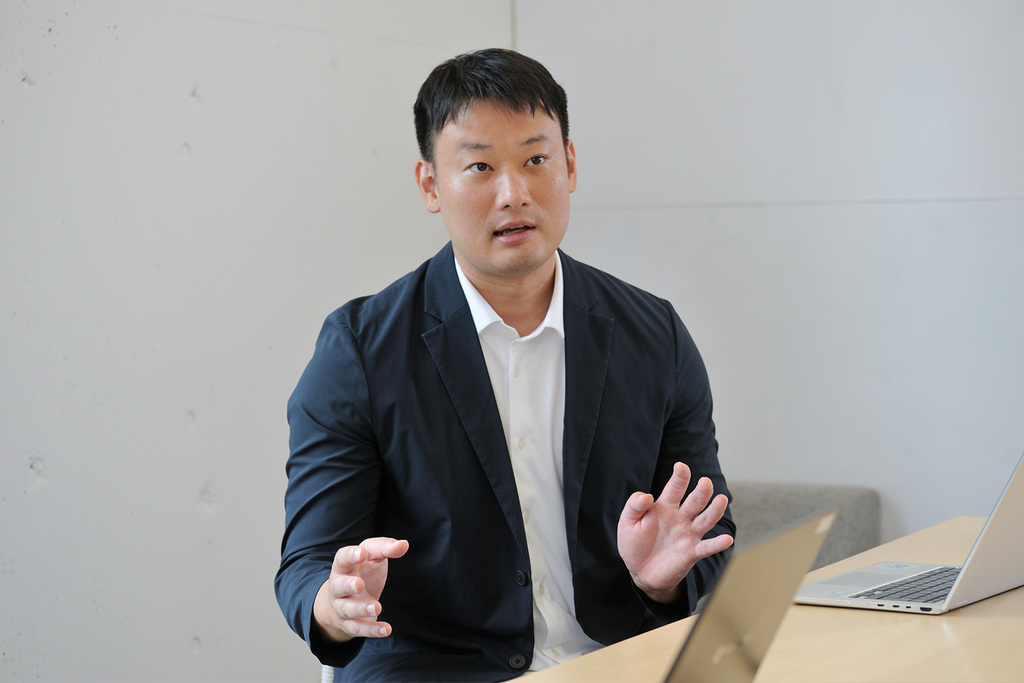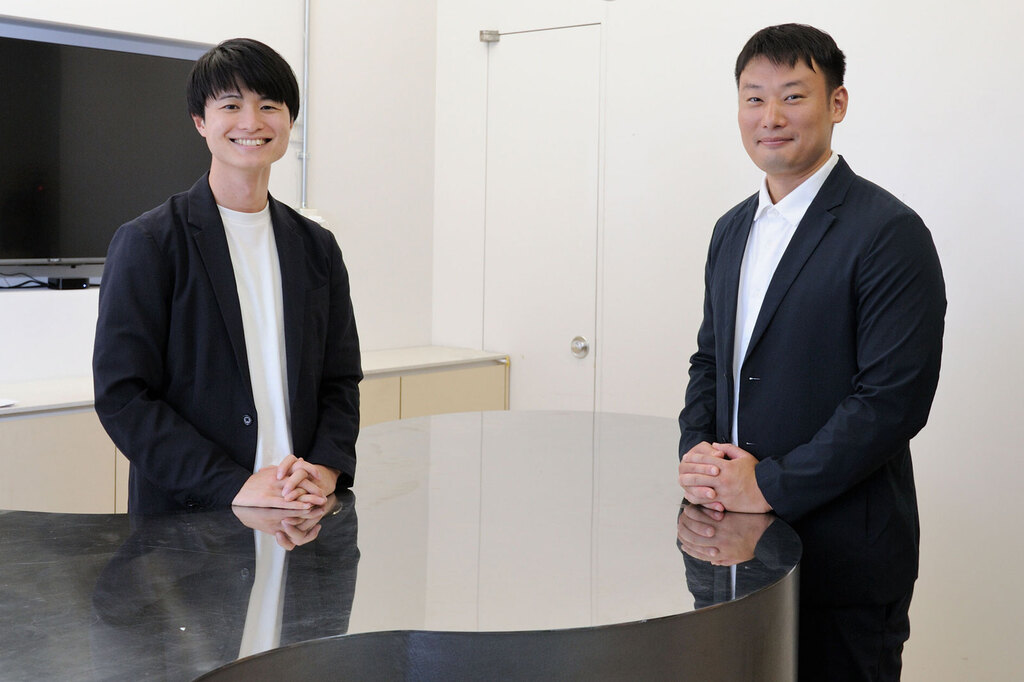Note: This website was automatically translated, so some terms or nuances may not be completely accurate.
What will Shibuya look like 100 years from now? Tokyo Tatemono's Vision for the Future of the City, People, and Education (Part 2)

Kento Yamada
Dentsu Inc.

Kota Seki
Tokyo Tatemono Co., Ltd.
Tokyo Tatemono Co., Ltd. is advancing the Shibuya REGENERATION Project (Shibuya Nitchome Project), the largest redevelopment in the Shibuya area. Aiming for completion in fiscal year 2029, the project explores urban development that leverages the area's unique characteristics. While Shibuya is strongly associated with fashion and IT, it also retains an educational context, home to institutions like Aoyama Gakuin University and the former Children's Castle. Dentsu Inc.Sustainability Consulting Office visited Tokyo Tatemono's Hirota Seki to interview him about the Shibuya 2-chome Project's outline and its core concept: "STEAM Education."
In Part 2, we hear about the vision for the townscape comprising three blocks and the redevelopment concept. Interviewer: Kento Yamada, Dentsu Inc. Sustainability Consulting Office.
Creating new landmarks to generate foot traffic and expand Shibuya's depth

Regeneration: The New Concept Beyond Sustainability

Will community development focused on "our grandchildren's grandchildren" transform education?


A city that continues to evolve with the times. It will be fascinating to see how Shibuya transforms through Tokyo Tatemono's development.
The Sustainability Consulting Office will continue interviewing next-generation opinion leaders in sustainability initiatives. We plan to keep sharing information that can help you rethink your company's relationship with the local community.
The information published at this time is as follows.
Was this article helpful?
Newsletter registration is here
We select and publish important news every day
For inquiries about this article
Author

Kento Yamada
Dentsu Inc.
Sustainability Consulting Office Corporate Value Consulting Department
Senior Consultant/Planner
After joining Dentsu Inc., I worked primarily with food manufacturers and real estate developers, focusing on brand strategy and integrated communications support.Since 2016, he has driven information architecture and brand restructuring based on sustainability perspectives within the real estate industry. He joined the Sustainability Consulting Office in 2023. Focusing on "Business × DEI," he supports sustainable value creation by introducing inclusive design to companies and designing co-creation workshops.

Kota Seki
Tokyo Tatemono Co., Ltd.
Urban Development Division II
Chief
Born in 1997. Hailing from Saitama Prefecture. Graduated from Keio University's Faculty of Business and Commerce. Driven by the desire to "pursue a career that comprehensively supports people's foundations for daily life," he aspired to join a comprehensive real estate developer. After graduating university, he joined Tokyo Tatemono Co., Ltd. From his entry as a new graduate to the present, he has been engaged in advancing large-scale mixed-use redevelopment projects.

